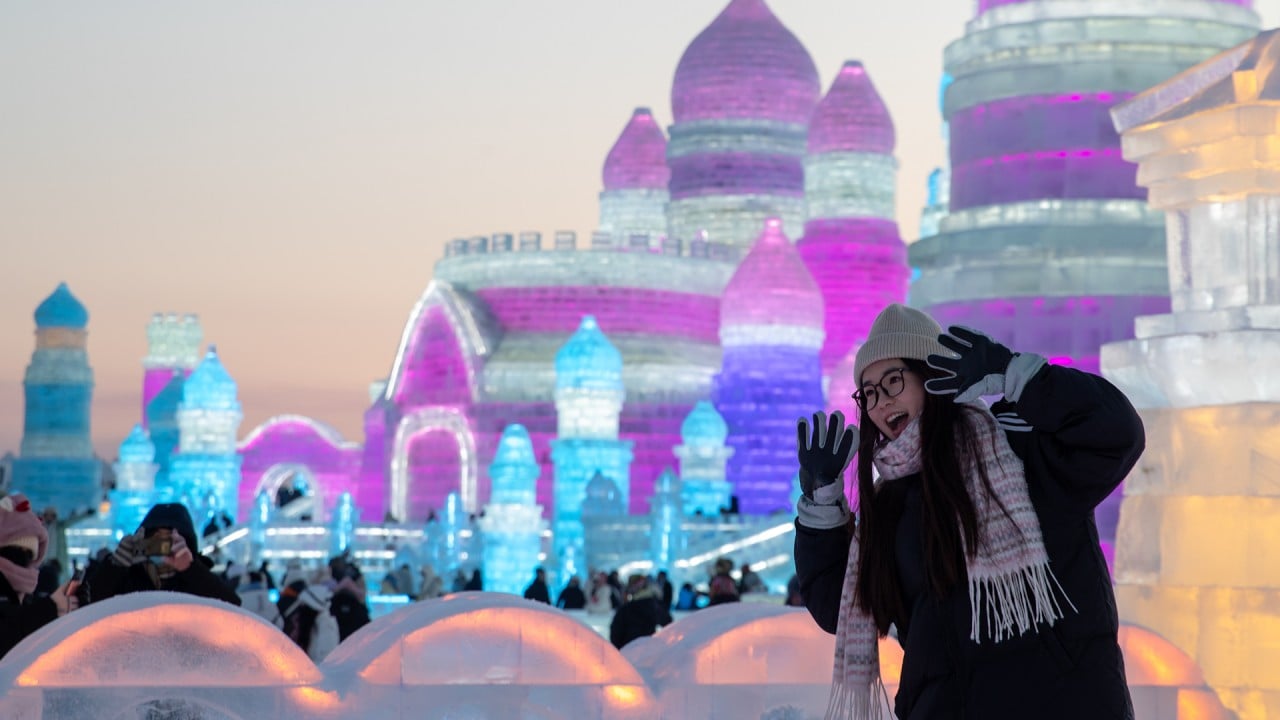Opinion | China’s northeast is finally turning ice and snow into silver and gold – with some help
- The spectacular tourism boom in Harbin and other parts of Dongbei has sparked hope that the rust belt – the pride of early Chinese industrialisation that has fallen on hard times – may begin to find its feet again

02:54
Frosty photoshoots, icy sports and winter festivals in China’s ‘ice city’ Harbin
This winter, people in China can be categorised into three groups: those who are in Harbin; those who are on their way to Harbin; and those who are outside Harbin, surfing the internet to follow the latest news about this city and the rest of the northeastern region.
As a Chinese person, especially someone who was born and lived for 18 years in northeastern China (my hometown is not far from Harbin), I can’t help but express my complicated feelings – and pride – about what is happening in this marvellous region.
The northeast of China, or Dongbei in Chinese, has always been unique. It is not only a region in a geographical sense, but also in a cultural sense. It consists of three provinces and the northeastern part of Inner Mongolia, and the people who live there have a strong self-identity and think of the region as a collective whole.
If you ask a northeasterner where he or she comes from, the answer may not be the specific province of their hometown. He or she would most likely tell you, “I am from Dongbei”.
.JPG?itok=dEZdZ2Hn&v=1694149505)